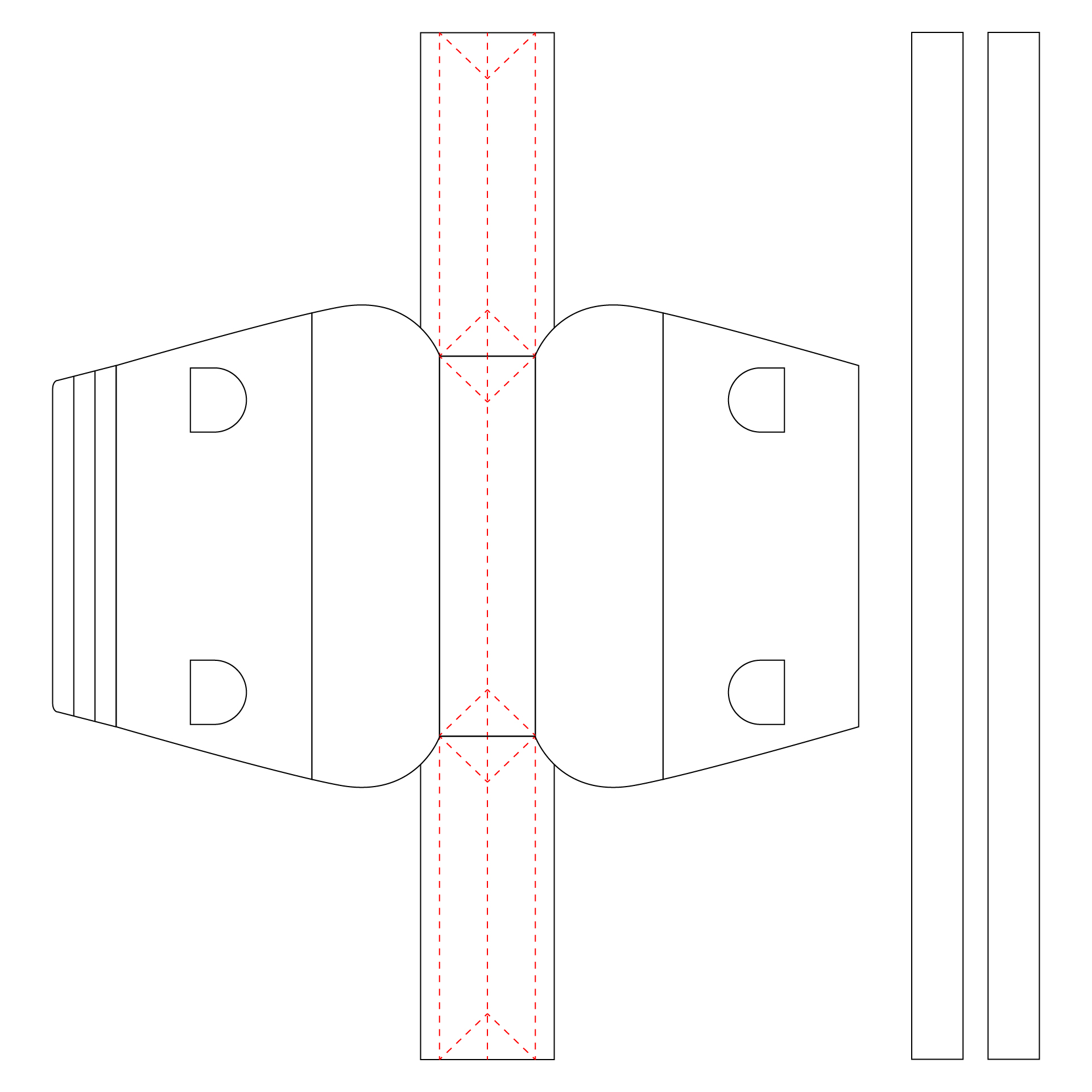
Crafting with leather, a material both ancient and enduring, demands precision and a vision brought to life through meticulous design. Imagine transforming a simple piece of hide into a meticulously crafted wallet, a stylish bag, or a bespoke belt. This transformative process relies heavily on the often-unsung heroes of leatherwork: patterns and templates. They are the blueprints, the guiding frameworks that allow artisans, both novice and experienced, to translate their creative ideas into tangible leather goods.
Leather patterns and templates act as the foundation of any leather project. A pattern is essentially a two-dimensional representation of the finished product, often depicting individual pieces that need to be cut, stitched, and assembled. Templates, similar in concept, offer reusable guides for specific shapes or design elements. Think of them as the essential building blocks, ensuring consistency and accuracy in your leather creations.
The historical significance of leather patterns and templates is deeply intertwined with the evolution of leatherwork itself. From the earliest days of crafting essential items like footwear and armor, the need for consistent, repeatable designs arose. These early forms of patterns, perhaps rudimentary sketches on stone or wood, paved the way for the sophisticated designs we see today. As societies advanced, so too did the complexity of leather goods, necessitating more refined pattern-making techniques.
A common issue for those new to leatherwork is understanding the distinction between a pattern and a template. While the terms are often used interchangeably, a key difference lies in their scope. A pattern encompasses the entire design, detailing every piece required for the final product. A template, on the other hand, usually focuses on a single, recurring element, such as a specific curve, corner, or decorative motif. Imagine crafting a series of identical key fobs; a template for the key ring slot would ensure consistent sizing and placement across all the pieces.
Consider the challenges faced by early leatherworkers, painstakingly recreating designs by hand. The introduction of patterns and templates marked a significant leap forward, enabling greater efficiency and precision. Today, leather patterns and templates come in various forms, from hand-drawn sketches to digitally designed files that can be printed and easily traced onto leather. This accessibility democratizes the craft, allowing anyone with an interest to explore the possibilities of leatherwork.
One benefit of using leather patterns and templates is improved accuracy. By providing a precise outline, they minimize errors in cutting and ensure consistent sizing, especially crucial when creating multiple identical pieces. For example, when crafting a set of coasters, a template will ensure each coaster is the same shape and size.
Another advantage is the reduction of material waste. Carefully planned patterns optimize the use of leather, minimizing scraps and offcuts, particularly important given the cost of high-quality leather hides. This efficiency is amplified when working with complex designs or expensive leather types.
Furthermore, patterns and templates enable consistent results. They provide a reliable roadmap for creating identical items, ensuring quality and uniformity across multiple projects. This consistency is especially valuable for those aiming to sell their leather goods, allowing them to maintain a recognizable brand identity.
Creating a simple wallet involves several steps. First, select a suitable wallet pattern, considering factors like size, style, and complexity. Next, trace the pattern pieces onto your chosen leather. Carefully cut the leather pieces using a sharp knife or rotary cutter. Then, follow the pattern instructions to assemble the wallet, punching holes for stitching and carefully stitching the pieces together. Finally, add any finishing touches, such as edge burnishing or applying leather conditioner.
Advantages and Disadvantages of Leather Patterns and Templates
| Advantages | Disadvantages |
|---|---|
| Increased Accuracy | Can limit creativity for some |
| Reduced Material Waste | Requires initial investment of time/money |
| Consistent Results | Finding the right pattern can be challenging |
Best practices for using leather templates include ensuring accurate tracing, using sharp cutting tools for clean edges, and selecting appropriate leather thicknesses for the intended project. Understanding leather properties is crucial. Different leather types react differently to tooling and stitching; selecting the right leather for your project is paramount.
Challenges in using leather patterns might include adapting designs to different leather thicknesses or scaling patterns up or down. Solutions often involve experimenting with different techniques and understanding the properties of various leather types. Online forums and leatherworking communities offer valuable resources and support for troubleshooting these challenges.
Frequently asked questions cover topics like where to find free leather patterns online, how to adjust patterns for different sizes, and what tools are necessary for pattern tracing. Resources like Tandy Leather Factory and Corter Leather offer a wealth of information for both beginners and experienced leatherworkers.
In conclusion, leather patterns and templates are essential tools for any aspiring or seasoned leatherworker. They provide the framework for precise, efficient, and consistent craftsmanship, bridging the gap between creative vision and tangible leather goods. From the simplest key fob to the most intricate tooled saddle, the mastery of patterns and templates unlocks the full potential of leathercraft, empowering artisans to transform raw materials into works of art. Embrace these fundamental tools and embark on a journey of creative exploration in the world of leatherwork. Don’t hesitate to experiment with different patterns, explore various leather types, and join a thriving community of leatherworkers to share knowledge and inspiration.
Decoding dog paws why your canine companion reaches out
Sage green bathroom tiles a calming oasis
The great lug nut conspiracy are they all the same size












